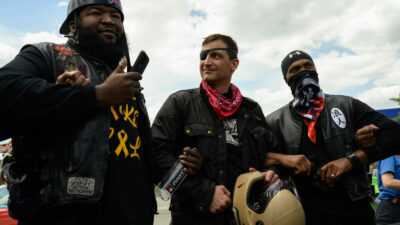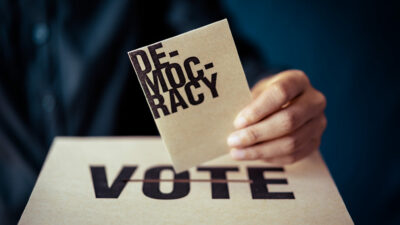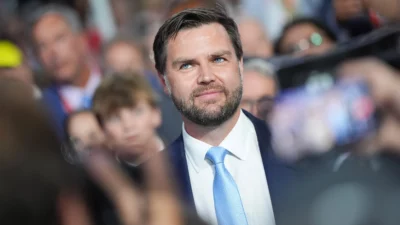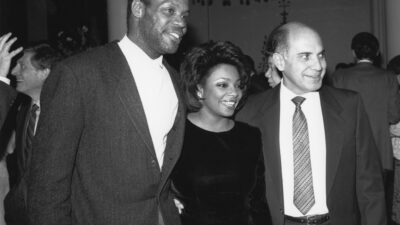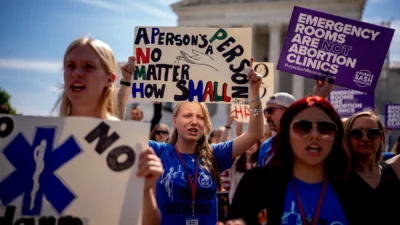Two longtime friends and conflict journalists ride motorcycles to investigate a Postindustrial America finding its way after more than a year of pandemic restrictions, political upheaval, and social unrest that continues to threaten the fabric of our democracy. Here’s what they discovered.
“I think that’s the same shirt you were wearing when we met,” said my friend and fellow journalist, Jason Motlagh, of the garish ensemble I’d thrown together for the West Virginia leg of our moto journey.
That I was wearing the same flowered button-down nearly two decades after our first meeting didn’t surprise me — I tend to hang onto things well past the expiration dates.
Perhaps I subconsciously knew the shirt’s significance when I packed it for our exploration of Postindustrial America, a region emerging from the worst of the pandemic and still smarting from last summer’s social justice protests, not to mention lasting divisiveness from the Jan. 6 Capitol coup attempt.
I do recall thinking that some garish outfits would add needed levity to our journey. Tempers might be running hot among some of those we encountered. After all, America and the rest of the world had endured 16-plus months of pandemic restrictions, political upheaval, festering uncertainty, malignant fear, and unbridled fury.
Who knew how we’d be received while traversing the mountains, hamlets, and cities altered by this unprecedented period in modern history?
I know my own patience has been tested by these fraught times. Surely others also would be on edge. And seeing as how the public is increasingly skeptical of journalists, I figured a clownish outfit might help ease the tension.
But my worry was for naught. Nearly everyone we encountered while riding through Pennsylvania, Ohio, Kentucky, and West Virginia was friendly and inquisitive about us and our journey, even in deeply red counties where former President Trump’s support remains feverish, cult-like, and potentially violent.
The bikes were just the conversation starters we needed to segue into more pressing issues such as race, addiction, politics, and the future of the region.
“I love having another family outside of my family”

Rolling with Ronin MC
There’s no better group of people and riders to help us kick off our journey than the Ronin MC, a motorcycle club based in Pittsburgh that takes its name from ancient Japan’s legendary masterless warriors.
The Ronin may ride high-speed machines and look flashy, but their club is all about community, family, and good, clean fun.
After a prayer in which we locked arms in a circle, we headed out with the Ronin for a short ride along a beautiful stretch of highway on a sunny spring day.
We zipped past the suburban sprawl and headed about 40 miles east to Blairsville, a one-time coal-producing town where one of my great-grandfathers worked in the mines.
There, we sat down at a barbecue restaurant to enjoy a meal and discuss how Ronin navigated these troubled times, including the racial unrest of last summer and the residual impact it has had.
“We’ve always been a family-oriented club,” said Ron Johnson, while elaborating on the support the Ronin gave one another, even when they couldn’t physically come together.
“Even when we couldn’t be together, we still had our camaraderie,” added Mark Howard, club president, noting how the bond among club members endured while they were separated. “I love having another family outside of my family.”
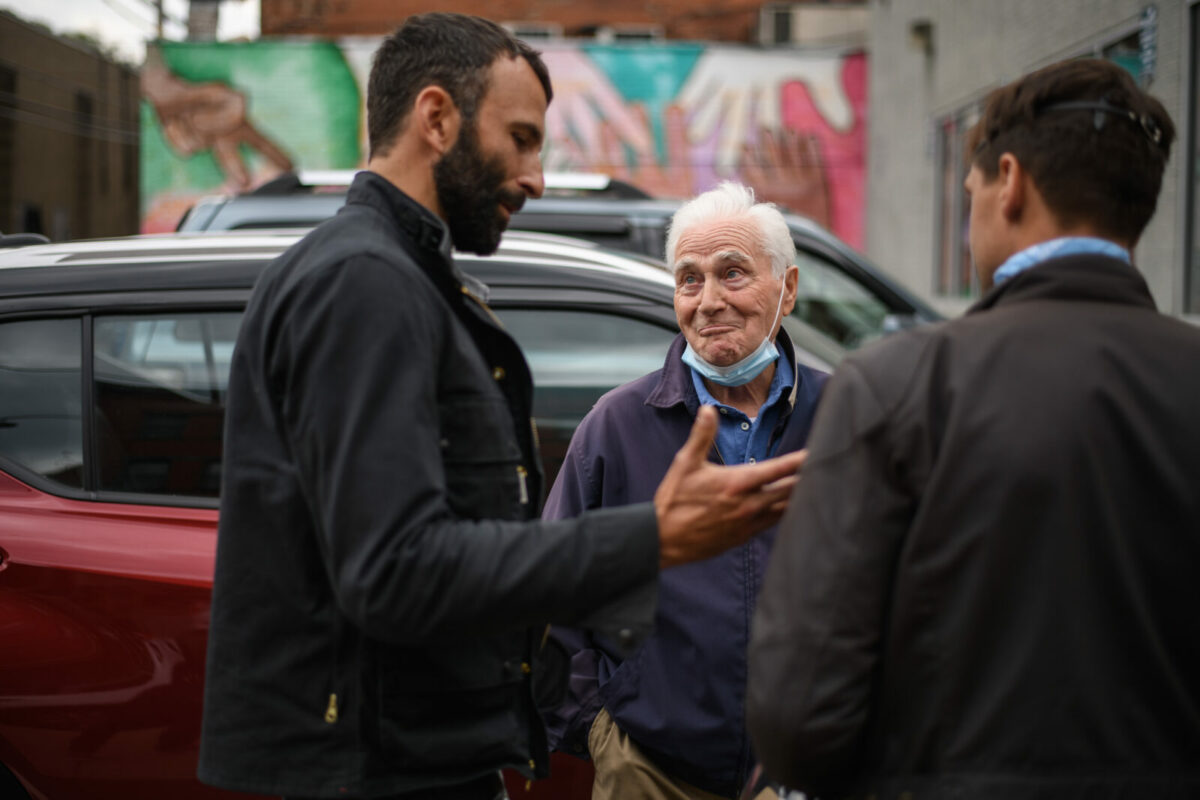
I love talking to old Italian guys — every syllable verges on shouting, even when they’re not mad, and is accompanied by animated hand gestures. It reminds me a lot of my youth, and prepares me for the inevitable day I’ll become one of them.
Carmine Lombardi doesn’t pull punches with his opinion, especially as it pertains to the direction of the country.
From his favorite coffee shop in Pittsburgh, Lombardi told us he’s saddened by the pervasive disinformation perpetuated by certain news media that amplified the lies of our former president and his followers on Capitol Hill, and the way in which minorities are vilified for some of America’s ills.
That’s not to say he’s fed up with the country to which he emigrated as a boy.
“I criticize America, but that doesn’t mean I don’t like it,” he said to us, while his fellow Italian speakers kept chatting, keeping one ear on our conversation.
We bid him his friends adieu, then rode a short distance to Youngstown, Ohio, where we met with newspaper columnist Bertram de Souza, a journalist and fellow eyepatch wearer whose reporting and columns informed, entertained, and sometimes infuriated readers for decades.
That is, until 2019, when his newspaper, the scrappy Youngstown Vindicator, effectively closed after 150 years in operation. Ogden Newspapers, based in West Virginia, purchased the name after the paper ceased its print operation.
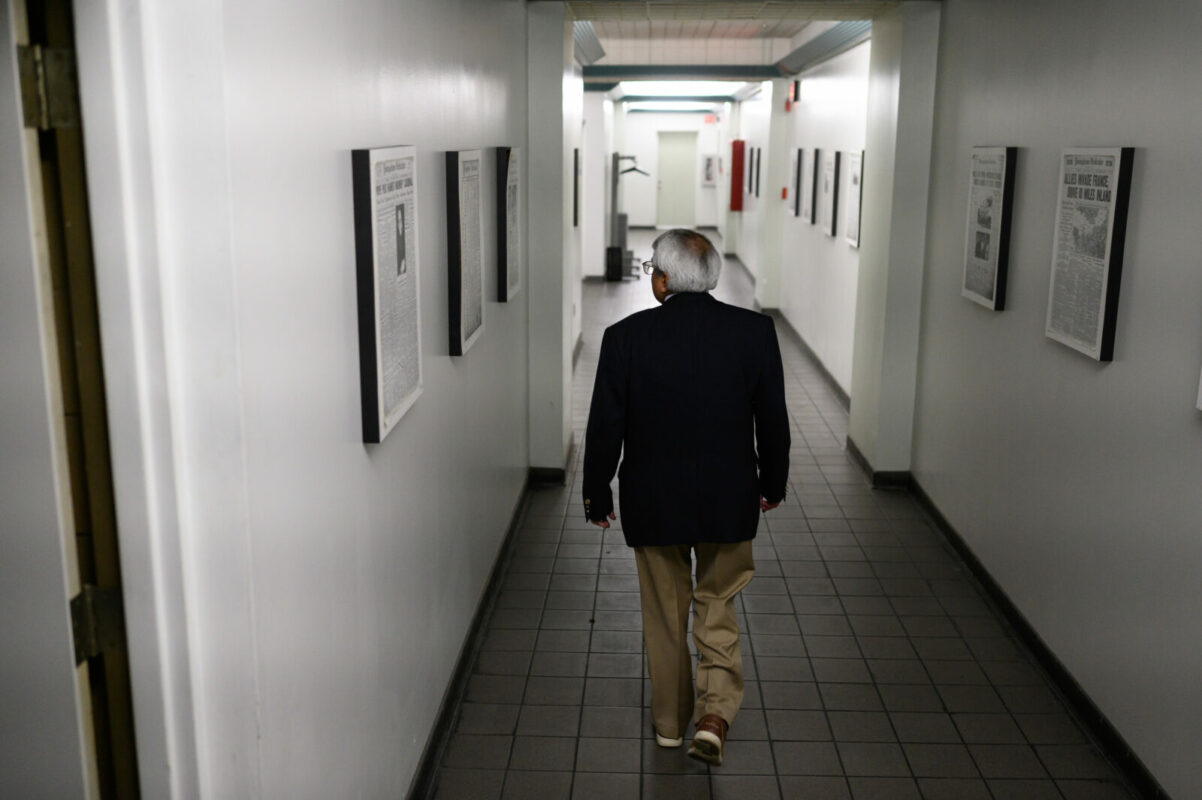
Bertram gave us a tour of the Vindicator’s facility, guiding us through the cavernous, multi-story, cinder block space where the printing press once churned out the daily edition.
Now the room sits hollow, engulfed in silence.
He opined about what happens to a nation with so many local newspapers like The Vindicator either closing or slashing budgets.
“The increase in political ignorance in this country is directly related to the decrease in the number of newspapers,” said Bertram, 70, whose career at The Vindicator spanned 40 years.
My heart was heavy, seeing how this once-proud, truth-telling institution has gone silent.
An artist finds his creative stride in Y-town
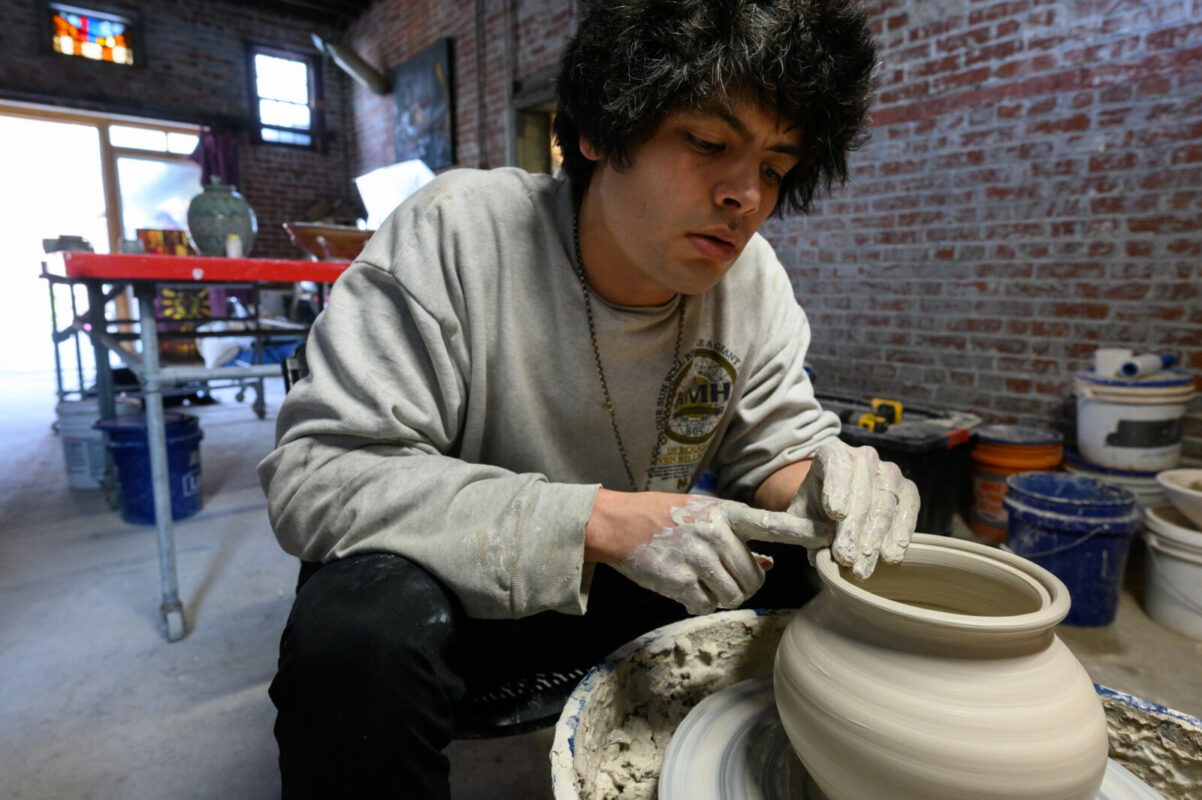
After our discussion with de Souza, we sought a ray of hope for a city that’s struggling to find its way in a Postindustrial era.
We found some of that in Justin Paik Reese, a ceramic artist who draws inspiration from his Korean heritage and downtown Youngstown’s neoclassical architecture.
Reese creates colorful and ornate vases, cups, and ceramic sculptures that he fires in a brick kiln he built in the shadow of a hulking mansion — a vestige of Youngstown’s bygone era of fantastic wealth generated by manufacturing.
While discussing his creations — among them a tongue-in-cheek tribute to one of his favorite childhood athletes, the hard-charging and flamboyant basketballer Dennis Rodman — he talked about why he returned to his hometown to raise his family and create.
“We’re on the brink of something, I can feel it,” he said “I know a lot of artists who want to move here.”
Amid our conversation about art and reimagining Youngstown as an artist enclave, we discussed the problems that persist in Northeast Ohio.
Reese told of how he, the son of a Youngstown native and a mother born in South Korea, was sometimes picked on as a child and the wave of reported anti-Asian hate crimes that have spiked since the start of the pandemic.
“The first time I got in a fight it was because someone called me a ‘chinc’,” he said. “But later we talked and eventually became best friends. And we’re still best friends today.”
Reese returned after graduating from the Columbus College of Art and Design in 2010. But many others leave for good.
The challenges for Youngstown and its leaders remain those of many other communities, requiring innovative approaches to address population loss, a shrinking tax base, and job loss.
Empathy for the addicted
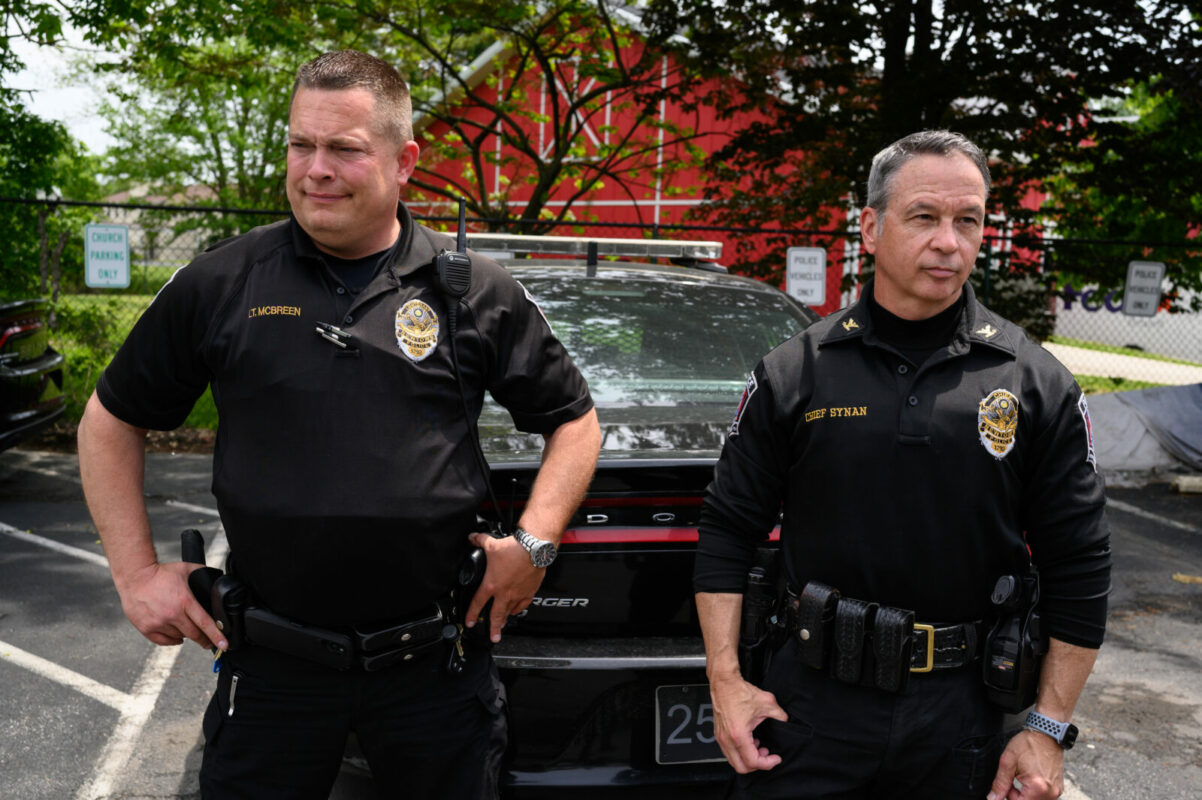
The police chief of Newtown, a village of less than 3,000 just outside Cincinnati, is by any definition a colorful guy.
Tom Synan is a Marine veteran-turned-top cop whose take on addiction has garnered international attention. He’s witnessed what prescription and illegal drugs did to his town and the rest of a region in which thousands of lives have been lost to addiction.
He spoke of those who died as a result of drug overdoses with sorrow and personal concern for their loved ones.
In addition to his approach to tackling the drug epidemic, Synan’s known for his love of Batman and his gleaming, white Harley, replete with a thunderous stereo system.
We met Synan, 53, at the police station to discuss how showing empathy for those suffering from addiction can help them wrest control of their disease.
“As law enforcement, we don’t have the resources to deal with these chronic issues,” he said, referring to the myriad other tragedies that often result from addiction, such as homelessness, unemployment, and loss of loved ones to their disease.
“The criminal justice system is not a healthcare system,” Synan said.
After sharing his philosophy with us, Synan changed into civilian garb. He returned astride his beloved Harley wearing an ear-to-ear man-boy smile that goes perfectly with his outsized heart.
Then, together the three of us rode to nearby Cincinnati.
“Sassy” saves the day
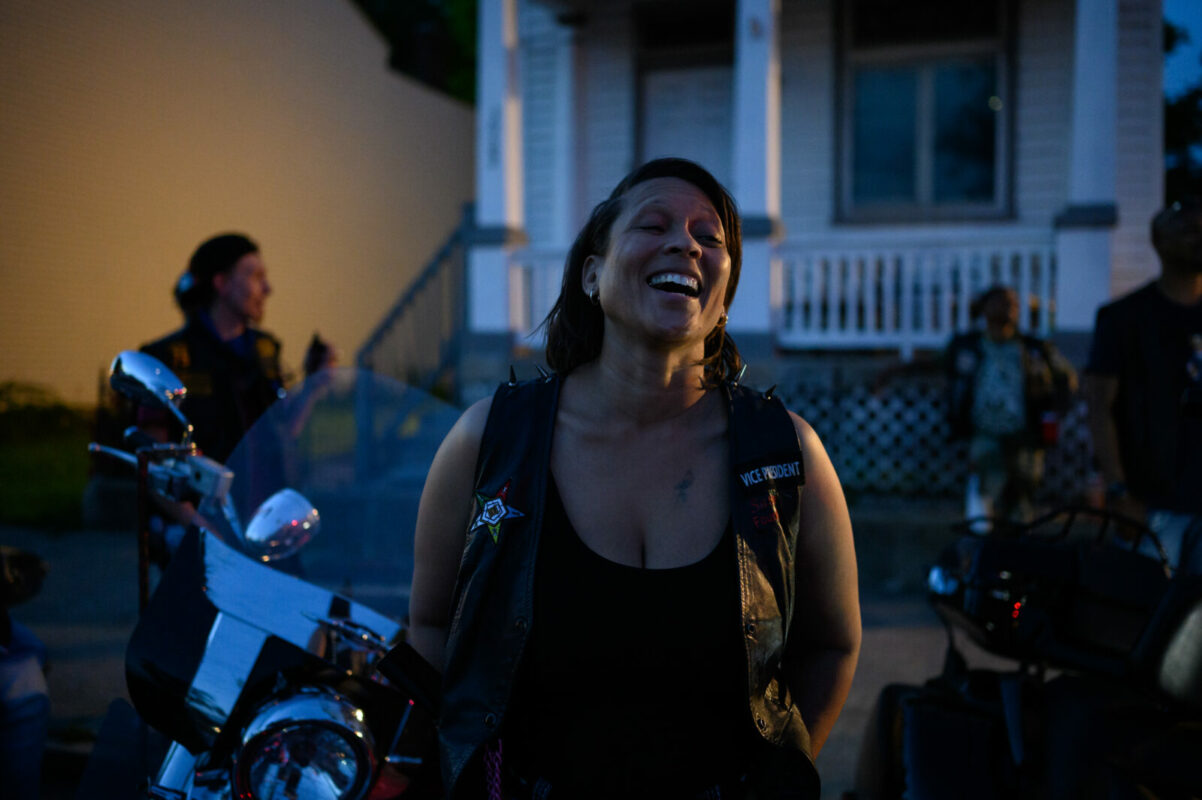
No less than an hour earlier, I had been remarking about the extraordinary luck we‘ve had while exploring — great weather, amazing people, and fun times.
That was until what appeared to be a knife blade lodged in my rear tire. It was late in the day and every Cincinnati-area motorcycle shop I called was closed. Knowing the rest of our day’s travel was derailed, I texted Laketa “Sassy” Cole, a former Cincinnati City Council member and member of a female motorcycle club we were supposed to meet, to let her know that I had to cancel our meeting in a nearby park.
“Where are you?” Cole texted me back.
I gave her our location in the Lower Price Hill neighborhood.
“OK. Stay there. I’m on my way.”
Cole pulled up with a plan: She had already sent up the Bat-Signal among her fellow riders. Soon after, Jacotta “Flip” Foree pulled up in his pickup truck with a trailer in tow.
This was the magic of the motorcycle community coming to life. I had only been virtually introduced to Sassy and her club, the A.L.L.S.T.A.R.S MC (ALLURING, LOVELY, LADIES, SOPHISTICATED, TALENTED, AND RIDING STEEL), by way of our Ronin friends a couple of days earlier. They already were coming to my aid, no questions asked.
With my bike secured to the trailer, we headed to the Northside neighborhood of Cincinnati in Sassy’s car, where we dropped in on a party at the Cartel MC clubhouse. There, we were greeted with questions about our trip and more offers to help out.
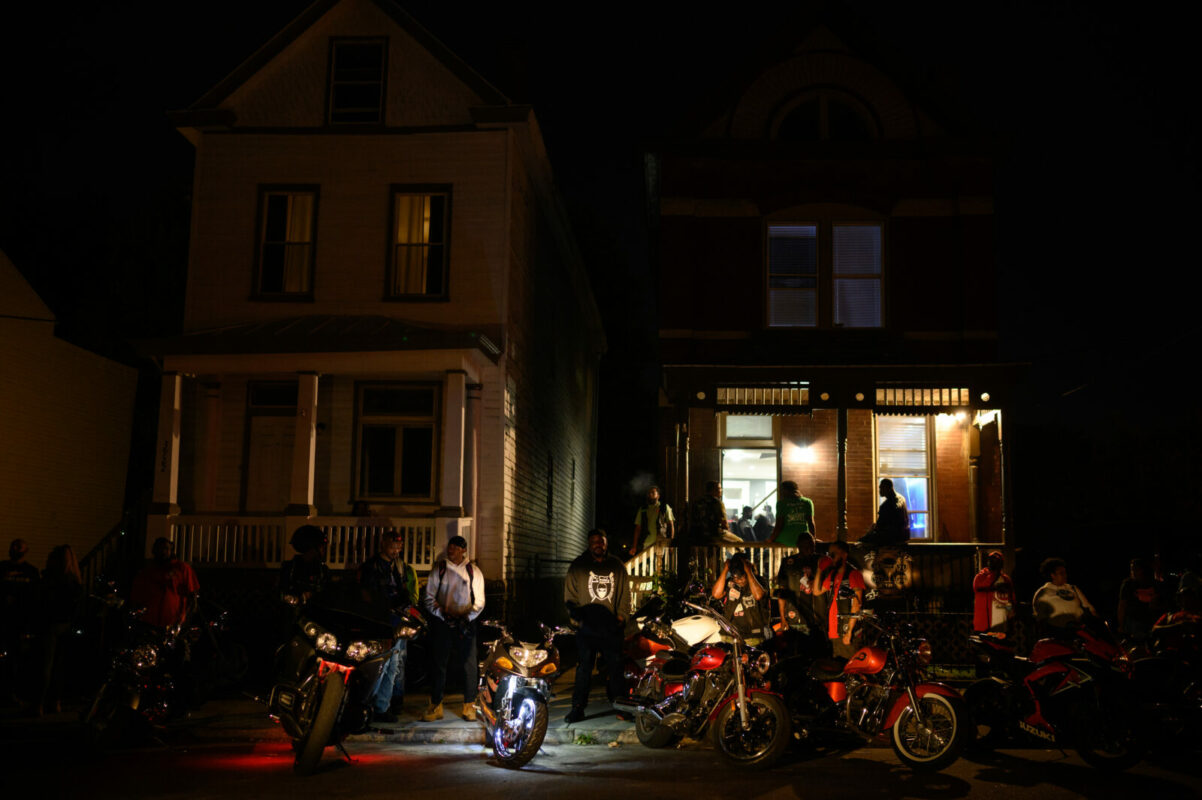
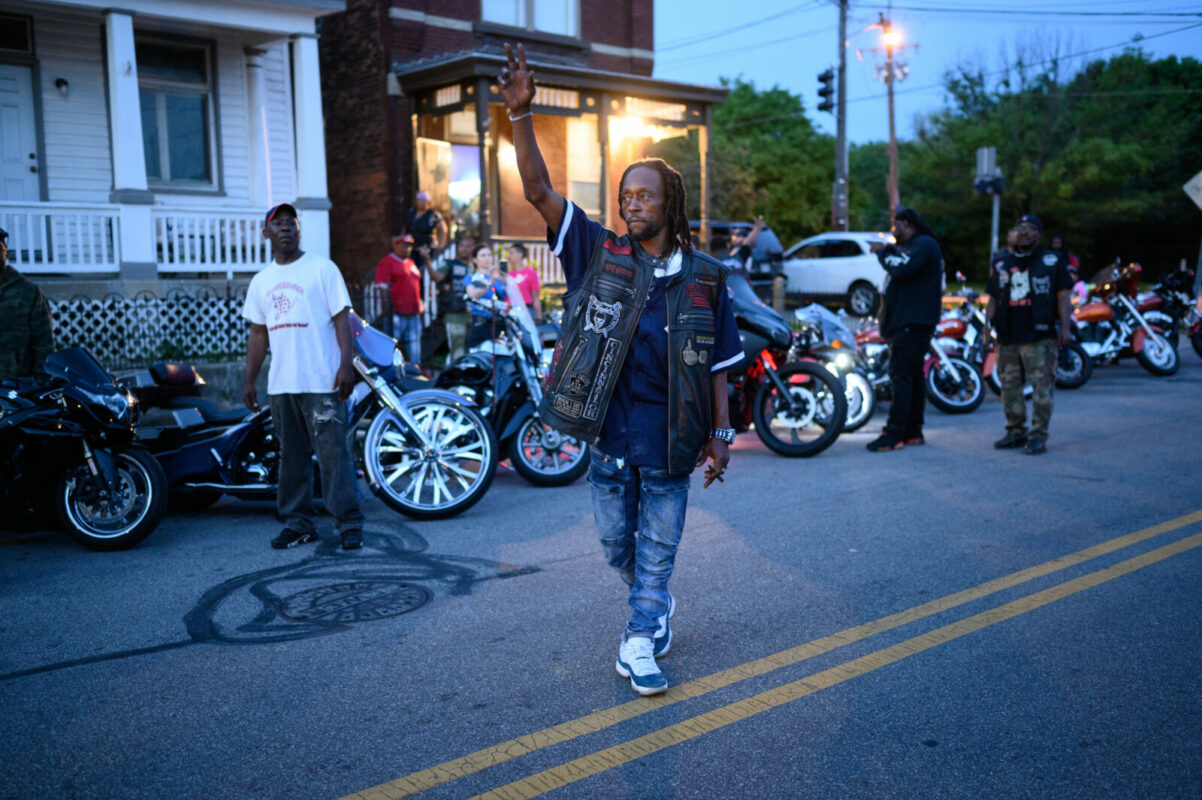
I was entranced by the camaraderie of the moto community around us. After dusk turned to dark, we begrudgingly pried ourselves away from the festivities.
“Don’t worry, we’ll take care of your bike,” Cole assured me as “Flip” Foree pulled away with my bike bound for her home until the morning, when a friend of hers could fix it.
I had no doubt they would.
Thrilled to be “stuck” in Cincinnati
Word of advice: If you’re going to get stuck in Postindustrial America while waiting for a part for your vehicle, try to make it Cincinnati.
The Queen City is at first glance a phenomenal town. The revitalized downtown area is loaded with striking murals on older buildings and new architecture that has both modern flourishes while matching the existing style of turn-of-the-century storefronts and apartment buildings.
So when I learned we’d have to spend an extra day there waiting on a new tire for my bike to arrive, I was almost glad to have gotten a flat.
We spent part of the day at Findlay Market, a collection of bakeries, butchers, eateries and small stores that’s just one of the many attractions that make this a town worth visiting again.
Bluegrass cruisin’, a doctor’s warning, catching up with old friends
Kentucky is a great place to ride and visit: Miles of post-and-rail fences line horse and cattle farms flanking byways that meander through small towns. I’ve passed through the Bluegrass State on many rides. And each time I do, I linger an extra day or two.
This time we stopped in Cynthiana in Eastern Kentucky for a chat with the locals and a slice of pie. Sitting at one of the tables was Dr. Neil Rush, a dentist who’s been treating people here for more than 40 years.
The doctor told me that about 33% of people in and around Cynthiana are vaccinated against the coronavirus. But head a little farther out of town and the percentage of those who have been vaccinated is lower, he said, in May.
“There’s a stubborn streak in people that doesn’t allow them to change their minds,” said Rush, while noting the disinformation campaign that’s accompanied COVID-19.
However Kentucky’s politics aren’t uniformly lined up to the right. Republicans control the Legislature in a state where many are rock-ribbed Republicans, evangelical, Trump-supporting, and all-around anti much of President Biden’s agenda, particularly as it pertains to climate change and phasing out fossil fuels.
But Gov. Andy Beshear is a Democrat and the state has a lot more bipartisan flex to it than, say, neighboring Tennessee.
We know our fair share of progressive folks from Kentucky, including our friend Nick Farmer, a tobacco cultivator.
We drop in on Nick, his wife Ashley, and their young son Aldo, who’s named after the famed conservationist and philosopher Aldo Leopold.
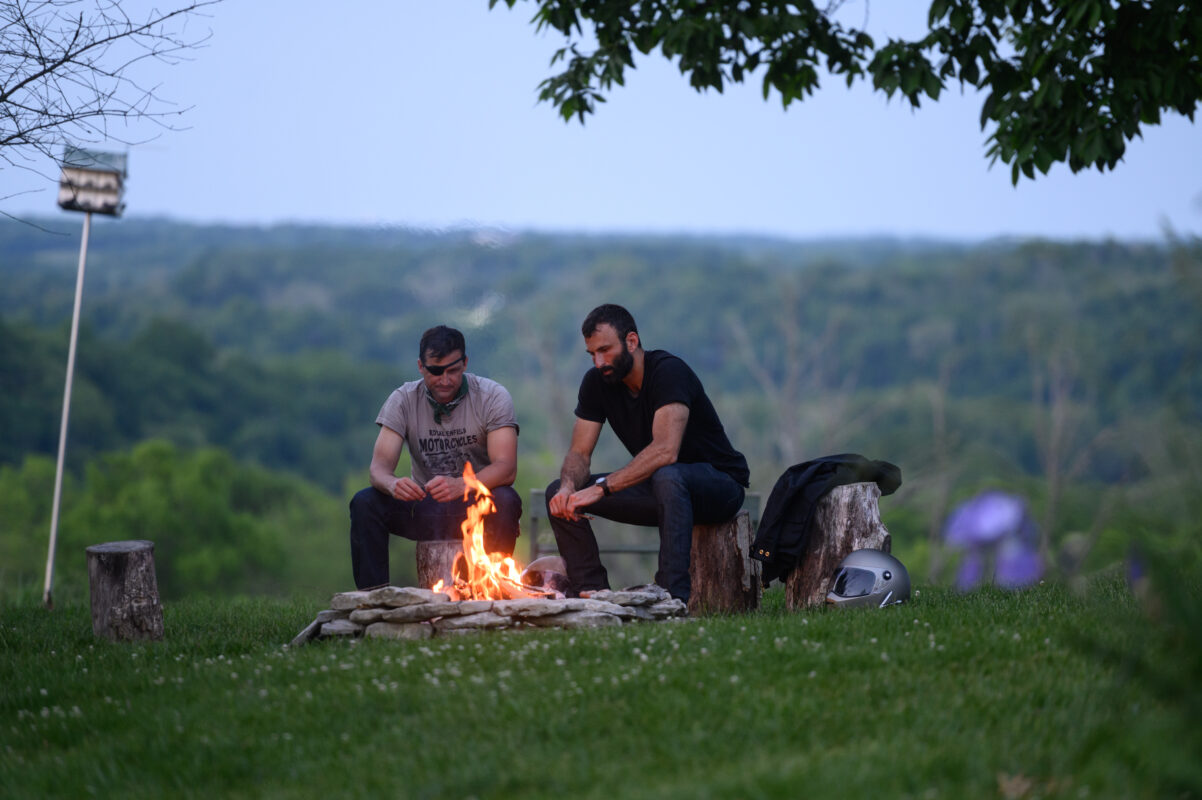
We arrived at their breathtaking property along the Licking River, and, though we’re all vaccinated, Ashley told us how many of those around them still refused to do so.
“It’s hard to convince people who don’t believe in facts,” she said.
We pondered our collective dilemma as the sun went down and the Kentucky night sky shone with stars and a hazy moon.
Mountain State melodies
“What’s the difference between a violin and a fiddle?” asked Alasha Al-Qudwah, a Charleston-area musician with Palestinian roots, while setting up a joke.
“A violin has ‘strings’ while a fiddle has ‘straaangs,’” she said, drawing out the twang in a West Virginia accent.
After playing a selection of tunes both Middle Eastern and Mountain State, she told us about the vibrant art scene in Charleston, a city of 48,000 that has seen its share of job losses, opioid addiction, and other hardships in recent years.
“Charleston may be a small city but it’s very supportive (of artists),” Al-Quadwah noted.
She said she sees great potential for the state, to change people’s minds about one of the poorest states in the union.
“There are beautiful opportunities for growth and change here,” she said, while discussing the state’s natural assets and the resilience of its inhabitants.
To me, West Virginia is a vexing place. Its natural beauty makes it a popular tourist destination. In the digital age of the increasingly nomadic office worker, it should be the new place to love for those who relish the outdoors, not unlike Asheville, N.C.
However, the state can’t fully capitalize on its assets because of factors such as lack of reliable internet. Getting a WiFi signal in some of the more remote areas is nearly impossible.
That digital divide, coupled with underfunded schools, a shrinking tax base, and other woes is hampering economic growth.
Solving that and West Virginia’s other problems won’t be easy.
Winding up where I started
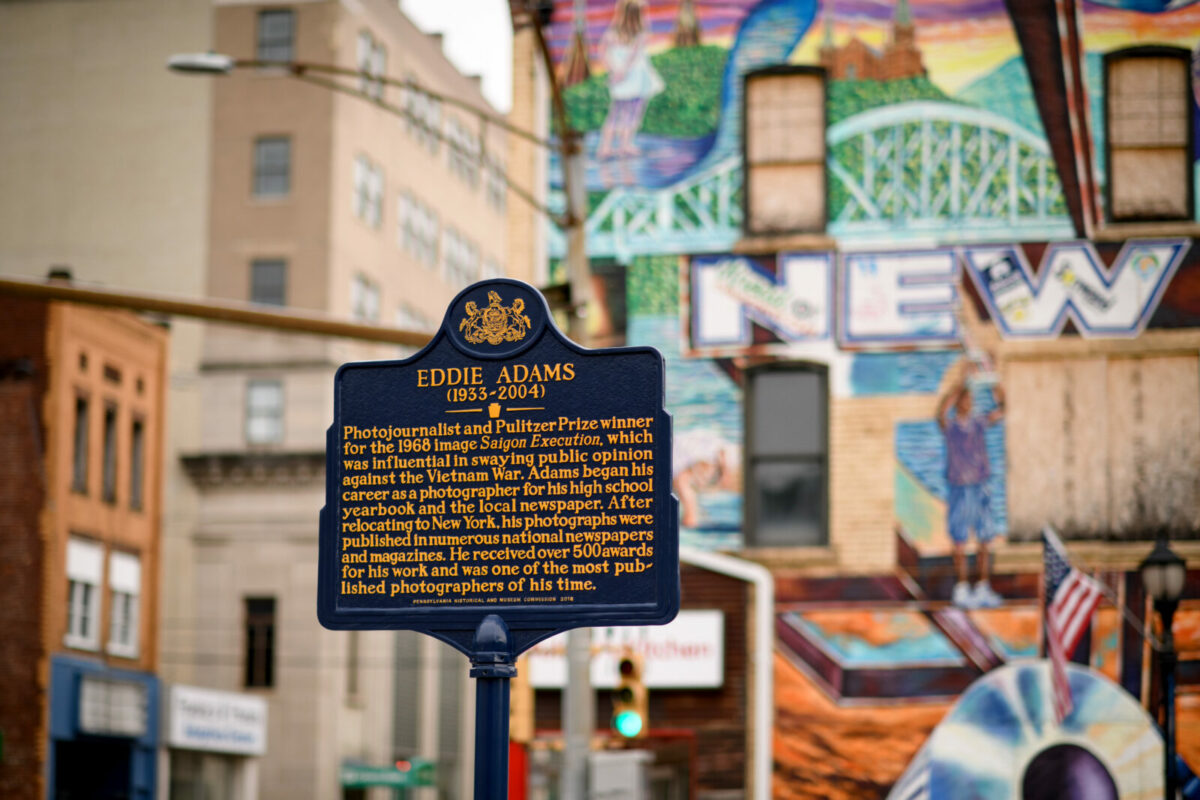
“Here’s where the local mob boss used to have his office,” I said, pointing to an ornate building in my hometown, a once-thriving industrialized suburb that’s seen better days, though is making a comeback.
Stories about the “New Kensington” mafia always intrigue visitors, so I elaborated on how, at one time, brothers Gabriel and Sam Mannarino not only ran much of that illegal activity in Western Pennsylvania, but also a casino in Havana, prior to the Cuban Revolution in 1959.
And when Fidel Castro’s revolutionaries ousted President Fulgencio Batista, legend has it that “The Beard” made a pilgrimage to the area to meet with Mannarino and others. The mob had hoped to keep the money flowing from Cuba. But with Castro in charge, that dream was dashed when the new prime minister adopted strict, communist rule that made most private enterprise illegal.
The boom days of industry and the mafia are long gone.
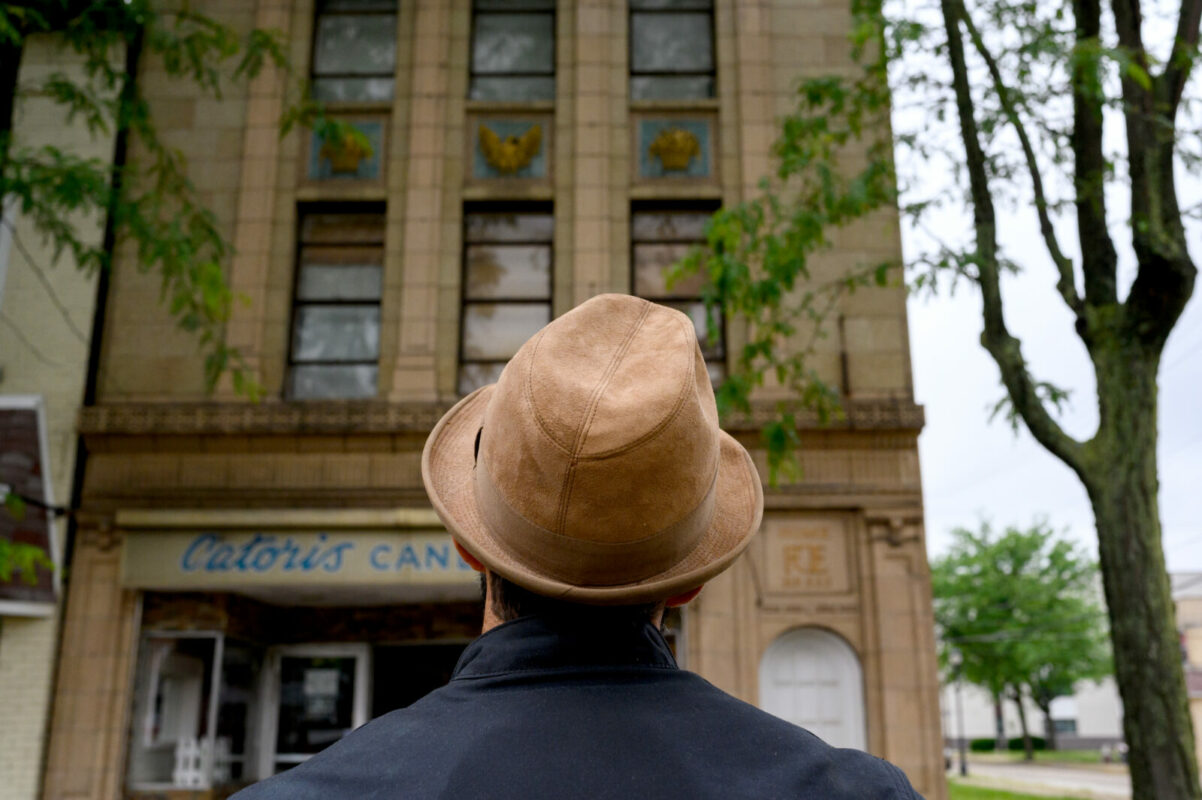
For a long time, New Ken’s fortunes were in free fall: crime and despair tore the fabric of the community. A police officer was killed on the job in 2017. As things grew worse, more people moved away, homes were neglected, then torn down. To some, the future seemed bleak.
That is, until recently, when a dedicated group of locals and new arrivals began reimagining the city for the Postindustrial age. These days, there are a few new businesses in the downtown area, including a brewpub, a pay-what-you-can restaurant, and more.
There’s investment by foundations and individuals for new endeavors. A branch of Penn State and its president also has brought fresh ideas to the community, with a coworking space and planned digital innovation lab made possible with a $5.5 million grant from a local foundation.
While New Ken marked the end of this journey, the places we visited and the people we met are just the starting point for more explorations.

